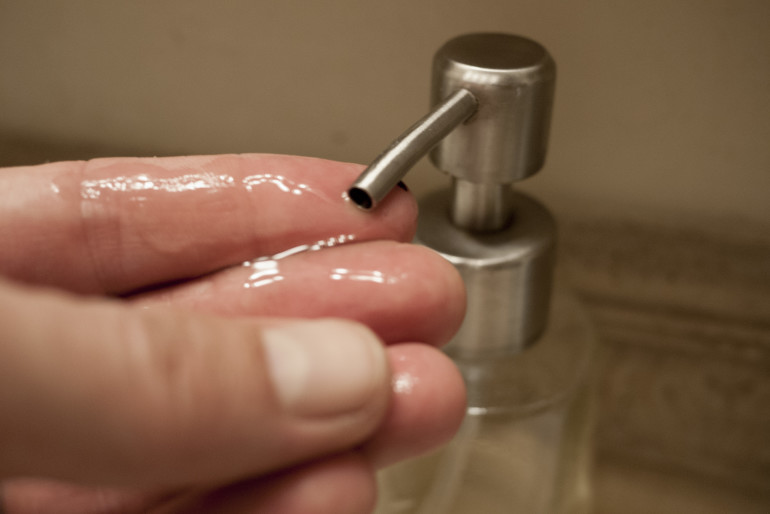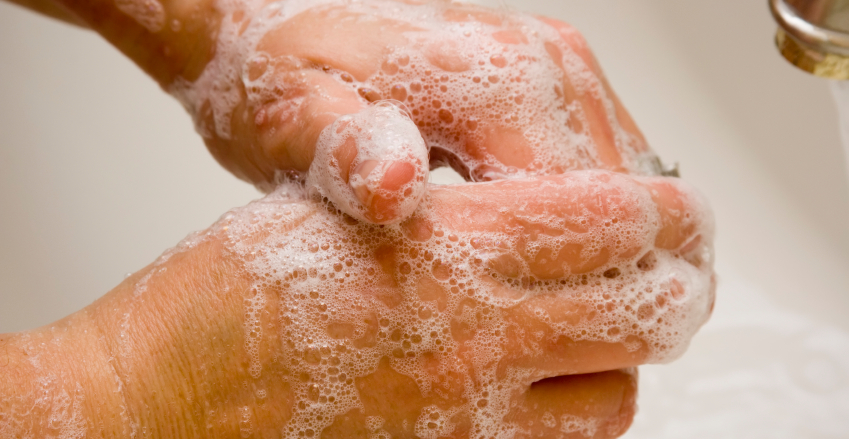Even when you know how you’re supposed to wash your hands in a healthcare setting like a hospital it’s easy to get lax with the ritual.
The Mayo Clinic recommends the following steps for hand washing. It’s generally best to wash your hands with soap and water. Follow these simple steps:
- Wet your hands with running water.
- Apply liquid, bar or powder soap.
- Lather well.
- Rub your hands vigorously for at least 20 seconds. Remember to scrub all surfaces, including the backs of your hands, wrists, between your fingers and under your fingernails.
- Rinse well.
- Dry your hands with a clean or disposable towel or air dryer.
- If possible, use your towel to turn off the faucet.
Even a three year old can follow the basic sequence with regularity. Most steps are simple, but Step 4 is where it gets complex. It’s got both requirements on technique and duration. Technique can be learned and eventually become automatic. Duration is the hardest to consistently apply because it’s totally invisible and easy to interrupt when there’s urgent or important situations to attend to.
Technique matters, but duration is critical
The answer isn’t stronger soaps. Studies have shown it’s good adherence to Step 4 that matters. You need to instill behavioral habits that prevent people from hastily going through the motions without achieving the desired results.
Scrubbing all surfaces is a technique than you need to teach people. But duration needs design assistance.
Make it necessary to do the right thing
One possible solution is to change the properties of the soap itself. Create a soap formula that is especially filmy or clingy. A soap which clings to the skin will be harder to wash off. The harder it is to wash the soap off the longer and more vigorously you scrub. The goal of the soap formula should be to create a lather that spreads throughly over an area and is slimy enough that it doesn’t wash off easily. Even when an urgent issue comes up, a clinician is unlikely to abandon washing their hands when a sticky soap still covers them. They’ll take the time to fully clean their hands because the soap clings until it’s been fully washed off.
Inspiration

While using an cheap soap I noticed that this soap lather was especially slimy. I noticed I had to spend more time and effort just to get the soap off. It was enough of a shift in my behavioral routine to notice it. Having spent time in hospitals I was aware of the longer duration taught to clinicians and also of the difficulty in consistent adherence to the guidelines. The apparent drawbacks of this cheap soap could be utilized to subtly shift people toward safer behavior.
